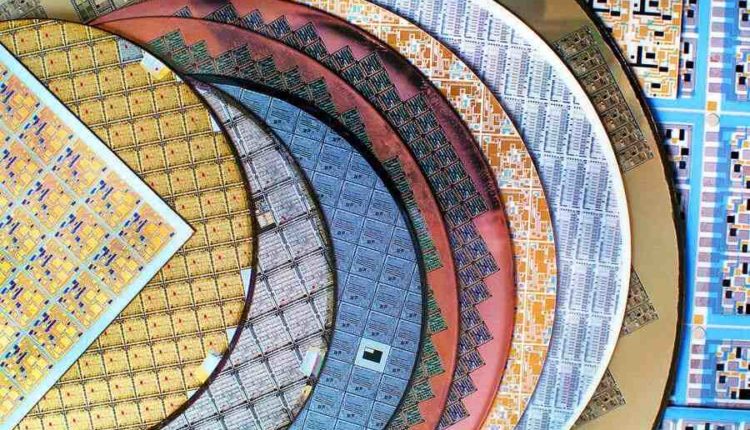Breaking Barriers in Electronics: The Rise of 2D Materials like Graphene and Transition Metal Dichalcogenides (TMDs)
As the world of materials science evolves, two-dimensional (2D) materials, particularly graphene and transition metal dichalcogenides (TMDs), are making significant strides in the field of electronics. Their unique properties are opening new doors for potential applications, ranging from flexible electronics to sensors and integrated circuits.

Rise of the 2D Materials
Graphene, a single layer of carbon atoms, was the first 2D material to capture global attention with its impressive electronic, mechanical, and thermal properties. The synthesis of graphene led to the exploration of other 2D materials, giving birth to a new class of 2D layered materials known as transition metal dichalcogenides (TMDs).

The Power of Transition Metal Dichalcogenides
TMDs are a class of 2D semiconductors composed of a single layer of transition metal atoms (such as molybdenum or Mo) sandwiched between two layers of chalcogen atoms (like sulfur or selenium). These materials are bound by weak van der Waals forces, enabling them to be easily exfoliated into ultrathin 2D nanosheets or 2D monolayers. The synthesis of 2D TMDs can be achieved through methods such as chemical vapor deposition (CVD), which ensures high-quality, large-area atomic layers.
The transition from indirect to direct band gap in monolayer TMDs results in excellent optical and electronic properties, making them suitable for a range of applications, including electronic and optoelectronic devices. The unique electronic structure of TMDs, coupled with their large specific surface area, makes them ideal for sensor applications and catalytic applications as well.
The Synergy between Graphene and TMDs
Combining the unique properties of graphene and transition metal dichalcogenides can result in remarkable electronic devices. For instance, hybrid structures based on 2D graphene and TMDs can lead to enhanced performance in transistors and other electronic devices.
2D Materials: Advantages and Challenges
The greatest advantage of 2D materials, such as graphene and TMDs, is their thickness—or rather, their thinness. Being just an atom or a few atoms thick, these 2D materials offer unique electronic, optical, and magnetic properties that bulk materials cannot. Additionally, their large surface area to volume ratio enhances their interaction with other materials and their environment.
However, the journey towards widespread practical applications of these 2D materials also comes with challenges. The synthesis of large, defect-free 2D crystals remains a hurdle. Additionally, ensuring stable metal contacts and electrodes for device applications is an area of active research.
Conclusion
2D materials, including graphene and transition metal dichalcogenides, are a rapidly growing area of research in materials science. As we continue to unlock their full potential, these novel 2D materials could redefine the future of electronics, catalyzing advancements in everything from flexible screens to biomedical devices. With their breadth of possible applications and impressive properties, 2D materials are sure to stay at the forefront of scientific exploration.




Comments are closed.